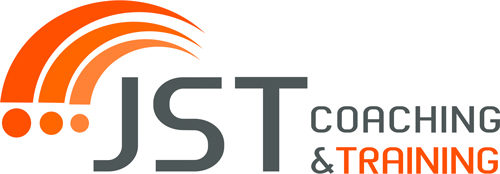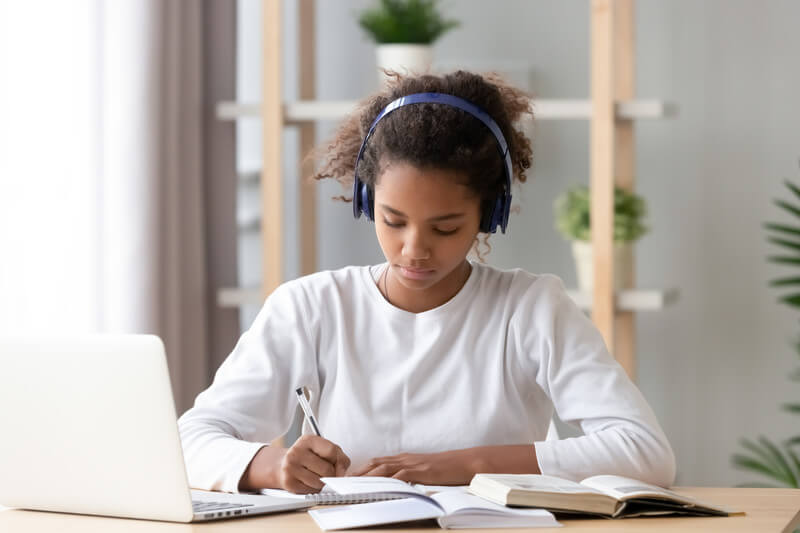Guest post by JST Graduate Laurie Chester, MA, BCC of Get it Done ABC, LLC
The switch to distance learning was abrupt, untested, and in some cases, only roughly sketched out. When the closing occurred on Friday March 13, 2020, only a few private schools appeared to have a plan ready to activate; others clamored to cobble a virtual program together at lightning speed. How did the kids adapt to this change in their education? How did they interpret their schools’ and teachers’ performances with virtual education?
The vast majority of my clients spoke very highly of their teachers, if not always of their schools, and their efforts to adapt to providing for their students virtually. Literally overnight, teachers had to switch gears to do their jobs totally remotely. The enormity of this challenge was not lost on the students: “Most put a lot of effort into distance learning.” Some [teachers] were able to “figure it out very quickly and hold live and interactive classes, while others had a much harder time.” Regardless of their comfort and ease with adapting to the virtual format, teachers were seen as having done an amazing job, offering tremendous outreach and support for their students: “they made sure we understood the material and were doing okay mentally and physically. They also saw, perhaps for the first time, their teachers’ humanism: my clients learned how much their teachers missed seeing their “kids” and the interpersonal connection they have with students in the classroom. In other words, the students felt valued as people.
While most lauded their teachers’ efforts to engage and teach them, a number of students faulted their school (system’s) lack of preparedness and poor communication when it came to effectiveness of the virtual education. “My high school did a terrible job with distance learning. There were no requirements for work to be turned in so no one did it or even went to class.” “My school/county has done a bad job with getting it [distance learning] started and in giving us information…”
Overall, those students who did best with distance learning were those with log-in requirements, live classes, and teachers who maintained high expectations for performance and graded accordingly. “One thing that [my school] did do a good job with was to continue grading almost the same as before [the shutdown].” Those whose distance learning was primarily asynchronous classes, with minimal grading standards, and broad-ranged due dates struggled more with motivation and effort. “I’ve never been someone who struggled with motivation, but this quarantine has tried me in ways I did not expect. My workload was not unmanageable, but my motivation to accomplish even a reduced workload went down.” Lower expectations led to low motivation and a tendency for some to do only the minimum necessary to get through the semester. “I did not do particularly well with my school’s distance learning, in part [because] I knew I didn’t need to do much since our work (or lack thereof) would not negatively impact our grades.”
For many, the lack of structure made it easy to fall behind. Having a bell schedule was sorely missed: “without a schedule, it was hard to self-motivate.” Having a systematic way of assigning work and due dates was very helpful for time and assignment-management purposes. Productivity also suffered for many because of a lack of engagement in the learning process. For those who are hands-on, collaborative learners, the on-line format made understanding and absorbing new, difficult material all in the vacuum of one’s bedroom extra challenging: “I was left having to teach myself a lot of information.” One noted, “While on paper, I did very well with online learning, the process was not good for me at all and I don’t feel that I learned as much as I could/should have.”
And even these digital natives struggled with the complexity—or lack of consistency—of their schools use of multiple on-line venues. For some, schools not having a systematic way of assigning work and due dates hindered effective and streamlined time and assignment-management. Having no universal platform in use by the school or university presented particular challenges: “Every single course I was in used a different online platform, making it very confusing.” One college student considered the quality of on-line instruction to be about 50% of her particular Ivy League college’s in-person experience, raising the question of whether full tuition is appropriate if virtual schooling continues.
As always, there are two sides to the distance learning story: many reaped the benefits of more lenient requirements and standards, pass/fail options, and the online format in general. For example, the ability to replay professor/teacher lectures was advantageous to absorbing material and understanding content: “I was able to better grasp the material because I could replay the sections of the videos that I was confused by.” The new-found extra time was well-spent by some: “I actually did quite well with distance learning: I was able to get my grades up in some of my classes because I had more time to take notes and study for exams.” Others were able to engage the course material on a deeper level: “Covid has given me the chance to spend more time dedicated to my studies which has been great.” GPAs that had been floundering or stagnant pre-Covid, got a much needed and appreciated boost: those with lower grading standards being applied and needing to do only 60% of all assignments to get a 100% for a grade enjoyed a GPA windfall: “I have done well with my school’s distance learning because I was able to raise my grades.”
Overall, my clients revealed a sense of positivity and resilience that many adults seem to have struggled to maintain during this period of quarantine. They were candid about their personal shortcomings as but also showed an inner knowledge of what they need to be successful. There were two points on which there was 100% consensus: that overall, total distance learning was inferior to in-school education, and that across the board, they hope to return to in person, “school-as-they-knew-it” pre-Covid, in the fall of 2020. All in all, they did not like the “green eggs and ham” of the distance learning experience of spring 2020: “I definitely do not want to have online classes ever again.”
If only…
For more information, you can reach Laurie Chester at getitdoneabc@comcast.net

